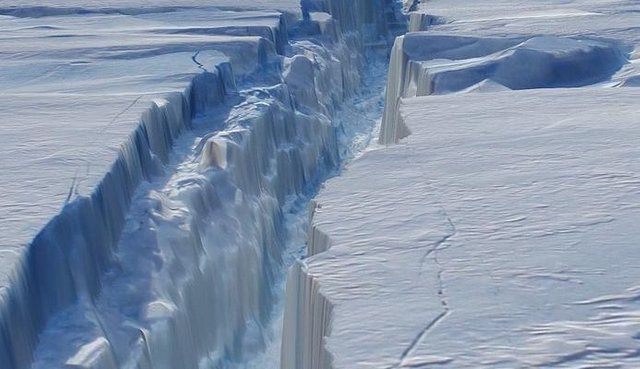Scientists endure harsh conditions to unearth fossils in Antarctica

Millions of years ago, dinosaurs living in Antarctica enjoyed a mild climate, temperate waters and abundant vegetation. Today, scientists looking for their fossils on that same continent face a much different place. Ice covers 99 percent of Antarctica, sudden snowstorms can bury dig sites, and gale-force winds scour the land. Extreme conditions in Antarctica are one reason this part of the dinosaur fossil record remained incomplete for so long.
Researchers funded by the National Science Foundation (NSF), which manages the U.S. Antarctic Program (USAP), have painstakingly recovered fossils from the southernmost continent. Their discoveries reveal how dinosaurs and other prehistoric animals lived and died in Antarctica, and how they moved between it and other parts of the world. This gallery highlights some of their discoveries, and shows what it takes for scientists to operate in one of the least hospitable places on Earth, which, as it turns out, played a key role in the evolution and migration of the planet’s vertebrates, including mammals.
Antarctica is not a easy place to live.
Antarctica is not a easy place to live but why?
Do One thing, you just go and Stay 1 year. you get to know everything.
you get to know everything.
Great post, ive started following you so I look forward to some more interesting posts.